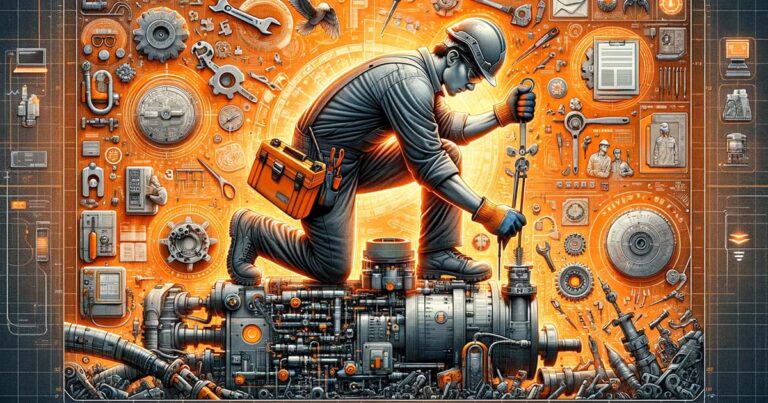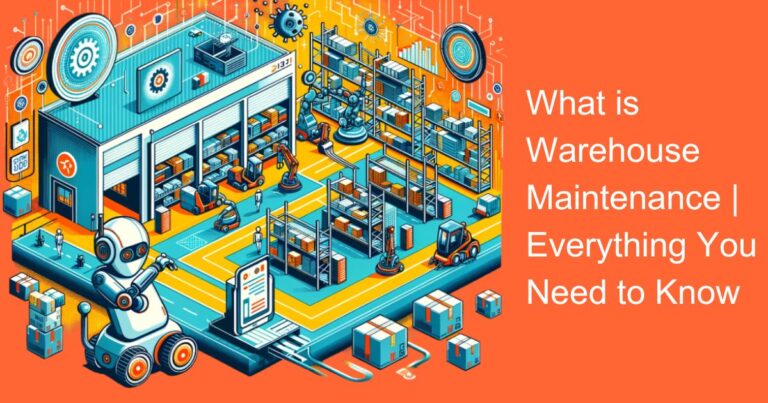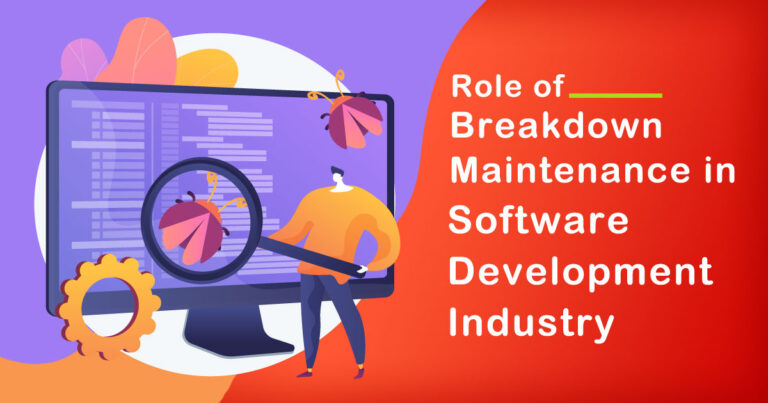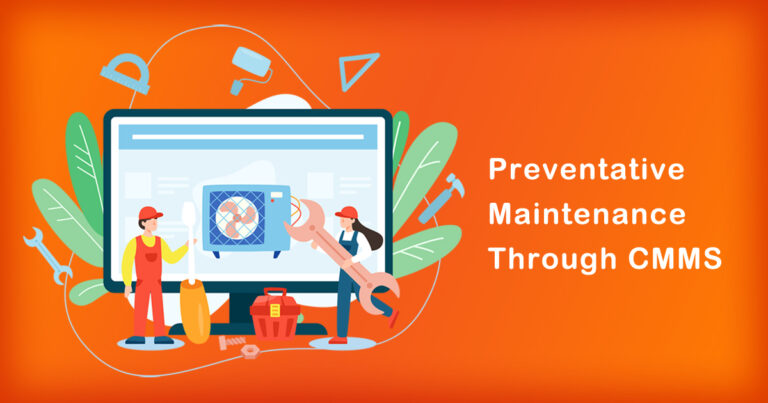Introduction
Maintenance strategies play a crucial role in optimizing operational efficiency and minimizing downtime for industries across the globe. In the Indian context, where industries vary from traditional manufacturing to modern technology-driven sectors, choosing the right maintenance approach is pivotal. Among the prominent strategies, Predictive Maintenance and Preventive Maintenance stand out as key methodologies. This blog explores the what is difference between Predictive Maintenance vs Preventive Maintenance, their applications, advantages, and challenges.
Predictive Maintenance (PdM)
Predictive Maintenance leverages data analytics and machine learning to predict equipment failures before they occur. This proactive approach aims to optimize maintenance schedules, reduce unplanned downtime, and extend asset life. In India, where industries are increasingly adopting digital transformation, PdM offers significant advantages.
Key Features of Predictive Maintenance:
Data-Driven Insights:
PdM relies on real-time data collected from sensors and IoT devices. In sectors like automotive manufacturing or energy production, sensors monitor equipment health parameters such as temperature, vibration, and fluid levels.
Advanced Analytics:
Machine learning algorithms analyze historical and real-time data to detect patterns and anomalies. This predictive analysis helps in forecasting when maintenance is required, optimizing resource allocation, and reducing operational costs.
Condition-Based Monitoring:
Continuous monitoring allows for condition-based interventions. For instance, in wind farms in Gujarat or thermal power plants in Maharashtra, sensors detect deviations in turbine performance, prompting timely maintenance actions.
Cost Efficiency:
By targeting maintenance activities precisely when needed, PdM minimizes unnecessary servicing and parts replacement, resulting in cost savings for industries operating on tight budgets.
Preventive Maintenance (PM)
Preventive Maintenance involves regularly scheduled inspections, repairs, and replacements based on equipment manufacturer recommendations or historical data. In India, where manufacturing forms a cornerstone of the economy, PM has been traditionally favored for its reliability and simplicity.
Key Features of Preventive Maintenance:
Scheduled Maintenance:
PM follows a predetermined schedule based on calendar time, usage metrics, or operational cycles. For example, in textile mills in Tamil Nadu or steel plants in Chhattisgarh, machines undergo routine servicing to prevent breakdowns during peak production periods.
Risk Mitigation:
By replacing parts and conducting checks at scheduled intervals, PM reduces the likelihood of unexpected failures. This approach ensures continuity in operations, critical in industries like pharmaceuticals in Hyderabad or automobile manufacturing in Pune.
Equipment Longevity:
Regular upkeep helps in extending the lifespan of equipment and machinery, which is crucial for industries dealing with heavy machinery investments, such as mining in Odisha or chemical processing in Gujarat.
Regulatory Compliance:
In sectors like healthcare in Delhi or food processing in Uttar Pradesh, adherence to regulatory standards necessitates regular inspections and maintenance to ensure safety and reliability.
Comparative Analysis: Predictive Maintenance vs Preventive Maintenance
Cost Considerations:
While PdM requires initial investment in IoT infrastructure and data analytics capabilities, PM involves lower upfront costs but can lead to higher operational expenses due to unexpected failures.
Technological Integration:
PdM benefits from advancements in IoT, AI, and cloud computing, which are increasingly accessible in India’s urban centers and industrial hubs. PM, on the other hand, is more straightforward and can be implemented across diverse industrial settings with varying technological readiness.
Industry Applications:
Industries in India, ranging from agriculture in Punjab to IT services in Bengaluru, exhibit varying levels of technological integration and maintenance needs. PdM is gaining traction in high-tech manufacturing and critical infrastructure sectors, whereas PM remains prevalent in traditional sectors and SMEs.
Skill Requirements:
Implementing PdM demands skilled data analysts, engineers proficient in AI, and IoT specialists, which may pose challenges in a country like India with a diverse workforce and skill gaps. PM relies more on traditional maintenance technicians and engineers, whose skills are widely available but may require upskilling to integrate digital tools effectively.
Conclusion
In conclusion, both Predictive Maintenance vs Preventive Maintenance offer distinct advantages and are suited to different industrial contexts in India. While PdM leverages data analytics and predictive technologies to optimize maintenance efforts and reduce costs, PM ensures reliability and compliance through scheduled inspections and upkeep. The choice between these strategies depends on factors such as industry type, technological readiness, budget constraints, and regulatory requirements. As India continues its industrial growth trajectory, adopting a tailored maintenance strategy can significantly enhance operational efficiency and competitiveness across sectors. By understanding the nuances of Predictive Maintenance vs Preventive Maintenance, industries in India can make informed decisions that align with their specific operational goals and contribute to sustainable growth in the dynamic global market.








